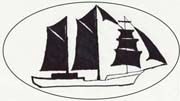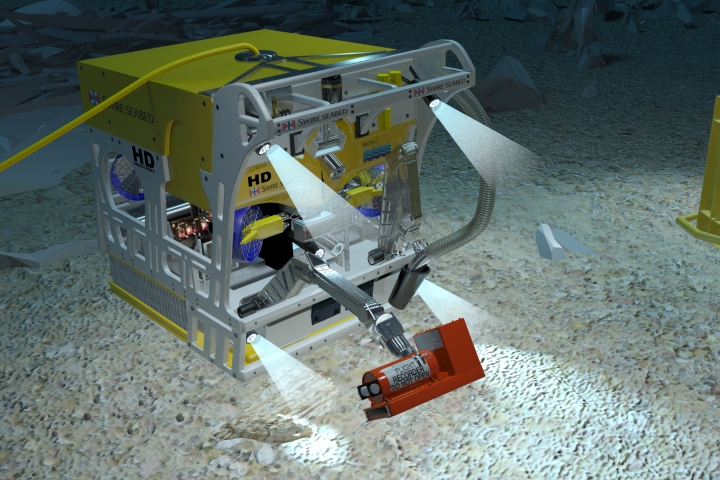 America’s oldest intact warship lies quietly in 110 feet of water in upstate New York. During the mid 1700s, the British, with their colonists, and the French and their Indian allies, were battling for governance of the new world, i.e. North America. No highway system existed and waterways provided expedient transportation for war materials and commerce.
America’s oldest intact warship lies quietly in 110 feet of water in upstate New York. During the mid 1700s, the British, with their colonists, and the French and their Indian allies, were battling for governance of the new world, i.e. North America. No highway system existed and waterways provided expedient transportation for war materials and commerce.
The Hudson River, Lake George and Lake Champlain were the conduits for military supplies and troop transportation. The force which controlled the waterways dominated the field of battle. Lake George resides in the middle of this chain of waterways and was the scene of many battles during the colonial period of our history. The result is a small armada of shipwrecks that lay in the lake which reflect that era.
One of those wrecks, the Lake George Radeau, was discovered in 1990 by a group of explorers called Bateaux Below, Inc., led by Joseph Zarzynski. The discovery was announced at the Explorers Club in New York, which commenced several years of research and underwater archaeological surveys. The wreck is 52 feet long and an unusual seven-sided shape.
The Lake George Radeau (radeau is the French word for raft) was built as a gun platform by the British and colonials. But she never  saw battle and was deliberately scuttled in 1758 to protect her during the winter months when the British colonial forces withdrew back to Saratoga. They would sink vessels in shallow water for the winter and let the lake freeze over. This tactic protected the vessels from the enemy during the winter, then in the spring, the boats were raised and used during summer campaigns.
saw battle and was deliberately scuttled in 1758 to protect her during the winter months when the British colonial forces withdrew back to Saratoga. They would sink vessels in shallow water for the winter and let the lake freeze over. This tactic protected the vessels from the enemy during the winter, then in the spring, the boats were raised and used during summer campaigns.
The Lake George Radeau, also nicknamed Land Tortoise, holds the distinction of being the subject of the first seamless mosaic which employed early versions of the now very  common Photoshop program. The photo mosaic consisted of over 187 individuals photographs, which, when combined, look like a single seamless image. It was published in National Geographic Magazine.
common Photoshop program. The photo mosaic consisted of over 187 individuals photographs, which, when combined, look like a single seamless image. It was published in National Geographic Magazine.
All the research was completed by a group of avocational archaeologist volunteers. Without their intrepid efforts, the shipwreck would never  have received the recognition and protection it duly deserves. If you want to learn more about this fascinating shipwreck, check out The Lost Radeau DVD.
have received the recognition and protection it duly deserves. If you want to learn more about this fascinating shipwreck, check out The Lost Radeau DVD.
Photo Credits: Courtesy of Bateaux Below, Inc.
© Copyright Vince Capone 2013


